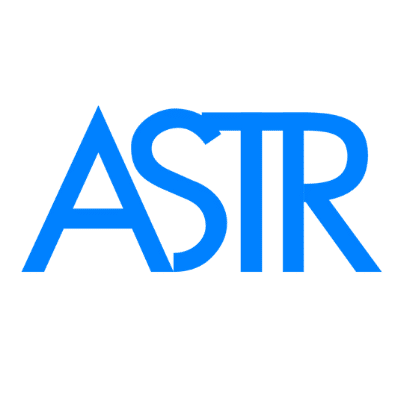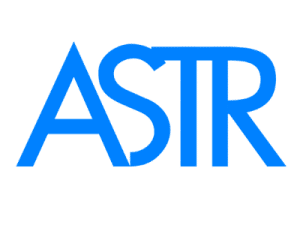What’s the Difference Between Anti-Inflammatory and Detox Diets?
What’s the Difference Between Anti-Inflammatory and Detox Diets?
Search terms: detox vs anti-inflammatory diet, inflammation and detoxification, best healing diet
The terms anti-inflammatory and detox get thrown around often—but many people don’t realize they refer to two very different biological processes. While both are essential for healing, understanding their differences helps you choose the right approach—or combine them for powerful results.
🔥 What Is an Anti-Inflammatory Diet?
An anti-inflammatory diet reduces chronic inflammation—the hidden root of many illnesses, including:
-
Joint pain and autoimmune disease
-
Brain fog and anxiety
-
Gut issues and food sensitivities
-
Fatigue and migraines
-
Heart disease and diabetes
This type of diet:
-
Eliminates inflammatory triggers (e.g., sugar, seed oils, gluten, pasteurized dairy)
-
Replaces them with healing foods like leafy greens, wild fish, olive oil, and herbs
-
Helps calm the immune system and repair damaged tissues
“Chronic inflammation is the leading cause of most chronic diseases—and diet plays a direct role in regulating that inflammation.”
(Furman et al., 2019)
♻️ What Is a Detox Diet?
A detox diet focuses on removing toxins from the body’s systems, including:
-
Pesticides, heavy metals, plastics, and food additives
-
Hormone-disrupting chemicals in conventional meat, dairy, and packaged foods
-
Environmental toxins from water, air, and cleaning products
True detox is not about juice cleanses. Instead, it supports:
-
Liver and kidney function
-
Lymphatic drainage and fascia release
-
Bile production and elimination pathways (gut, skin, lungs, urine)
“Supporting detoxification requires adequate nutrients, hydration, fiber, and targeted compounds—not just calorie restriction.”
(Pizzorno et al., 2014)
🧬 Anti-Inflammatory vs. Detox Diet: Key Differences
| Feature | Anti-Inflammatory Diet | Detox Diet |
|---|---|---|
| Goal | Reduce immune overactivation and tissue damage | Eliminate stored toxins and improve clearance |
| Targets | Inflammation, pain, immune imbalance | Liver, lymph, gut, and cellular detox pathways |
| Foods Focus | Omega-3s, greens, berries, herbs, clean protein | Cruciferous veggies, garlic, beets, lemon, fiber |
| Length | Long-term lifestyle | Short-term or seasonal (if focused/intensive) |
| Best For | Autoimmune, pain, fatigue, blood sugar issues | Hormone issues, toxic exposure, skin or gut flares |
🌿 Why the ASTR Diet Combines Both
The ASTR Diet is both anti-inflammatory and detoxifying—because healing often requires both approaches at once.
It includes:
-
Clean, anti-inflammatory foods to calm the immune system
-
Organic, toxin-free ingredients to reduce exposure
-
Cruciferous vegetables, herbs, and hydration to support liver and fascia detox
-
Strategic intermittent fasting to promote autophagy (cell cleanup and renewal)
📘 Learn how this combined approach heals fatigue, brain fog, pain, and illness in the Eat to Heal book.
✅ Final Thoughts
If inflammation is the fire—then toxins are the fuel.
That’s why anti-inflammatory and detox diets must work together for lasting healing.
The ASTR Diet gives you a clear, balanced framework to lower inflammation, release toxins, and nourish your body—all at the same time.
📚 References
-
Furman, D., et al. (2019). Chronic inflammation in the etiology of disease across the life span. Nature Medicine, 25(12), 1822–1832.
-
Pizzorno, J., et al. (2014). Clinical detoxification: elimination of persistent toxicants from the human body. Alternative Therapies in Health and Medicine, 20(Suppl 1), 18–25.
-
Bowe, W. P., et al. (2011). Diet and dermatology: the role of dietary intervention in skin disease. Journal of Clinical and Aesthetic Dermatology, 4(1), 22–41.
-
Schwalfenberg, G. K. (2012). The alkaline diet: is there evidence that an alkaline pH diet benefits health? Journal of Environmental and Public Health, 2012.

